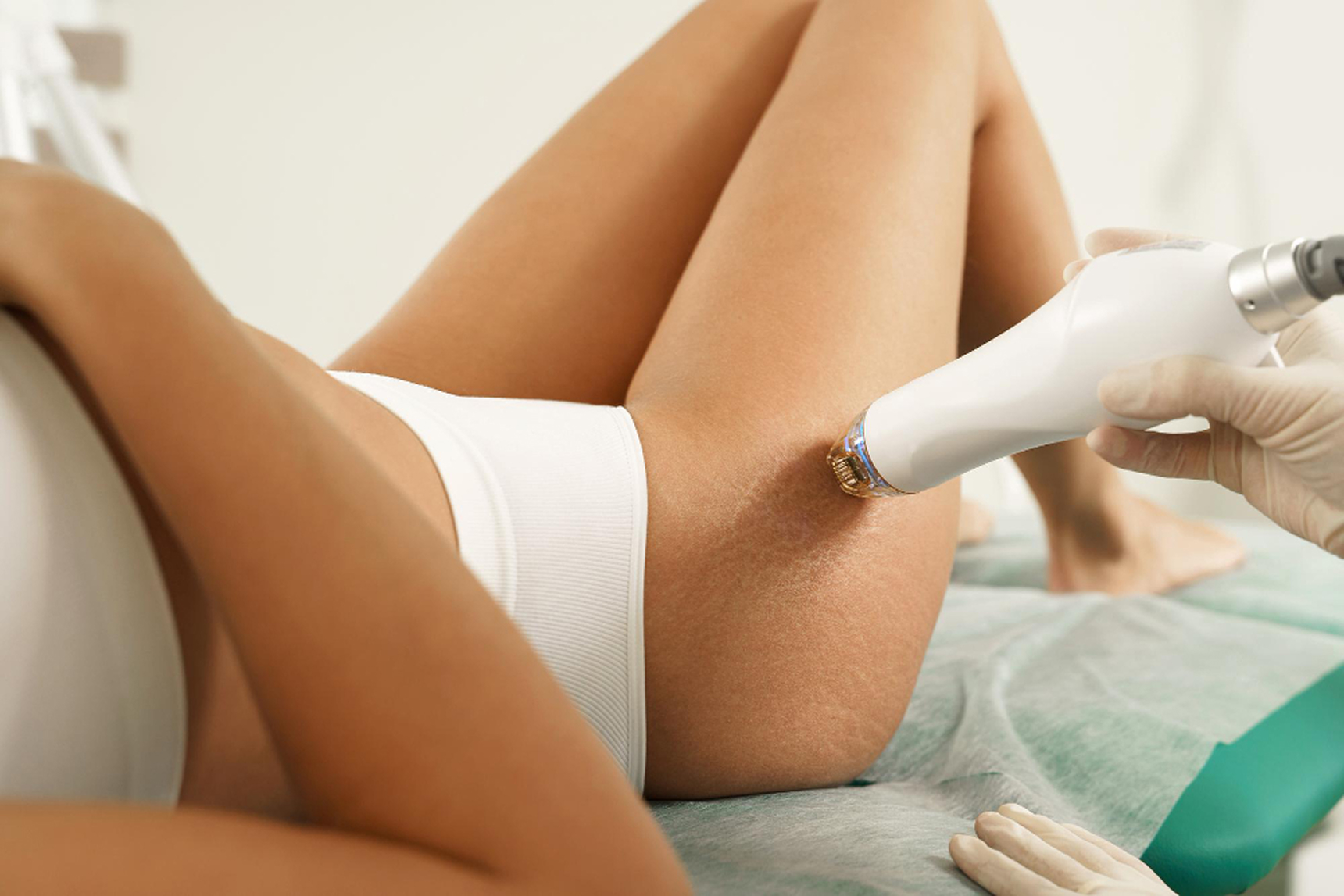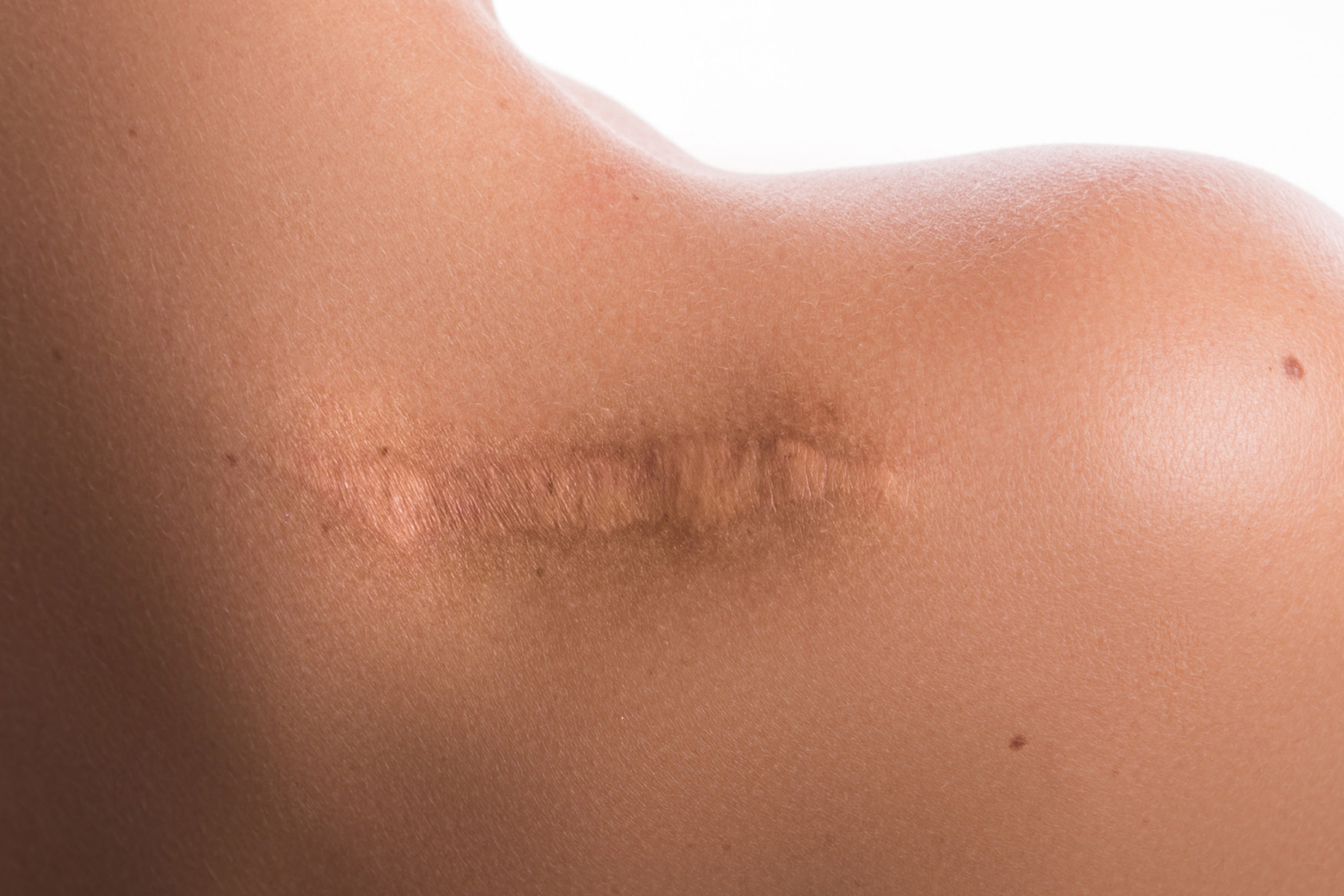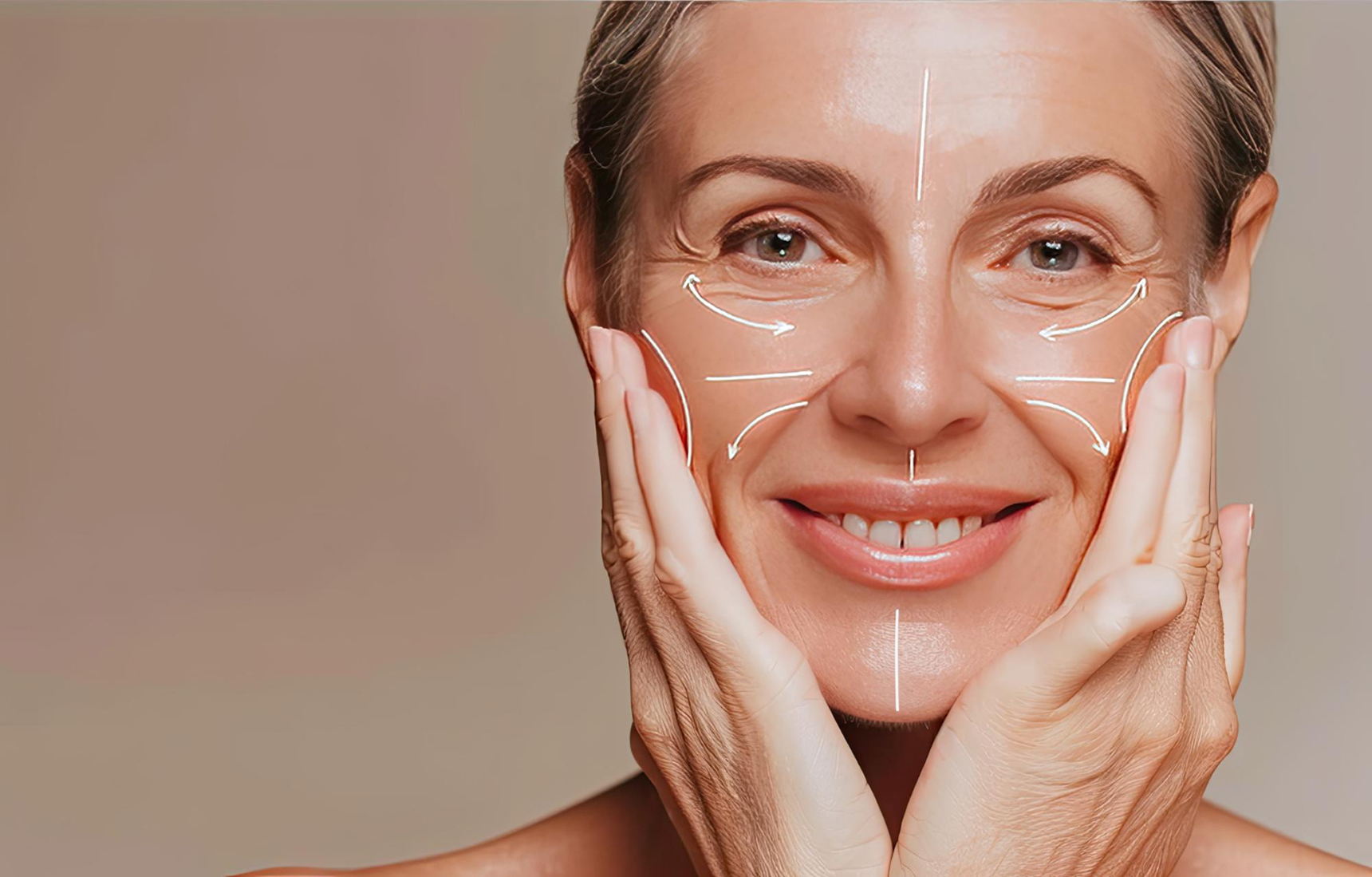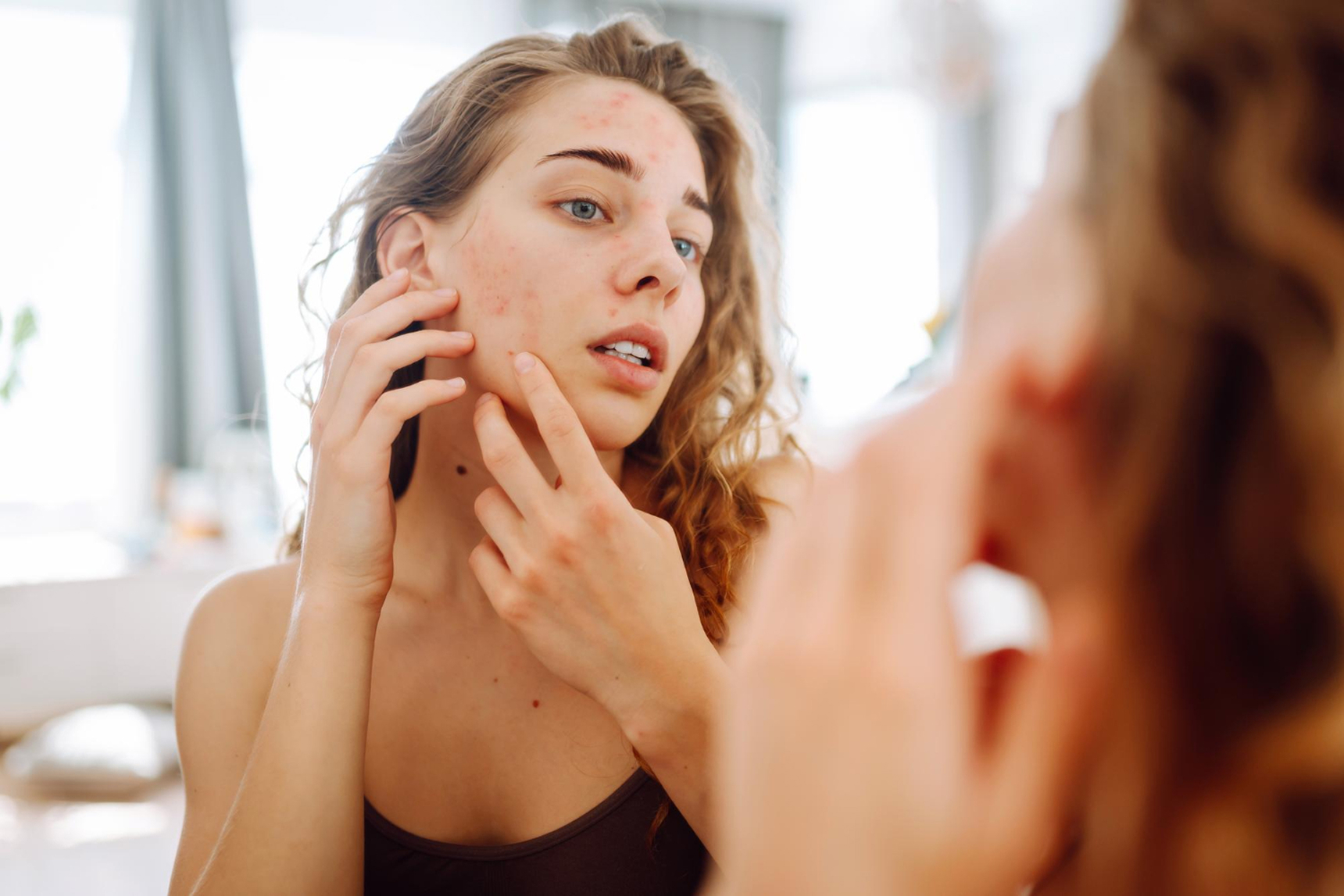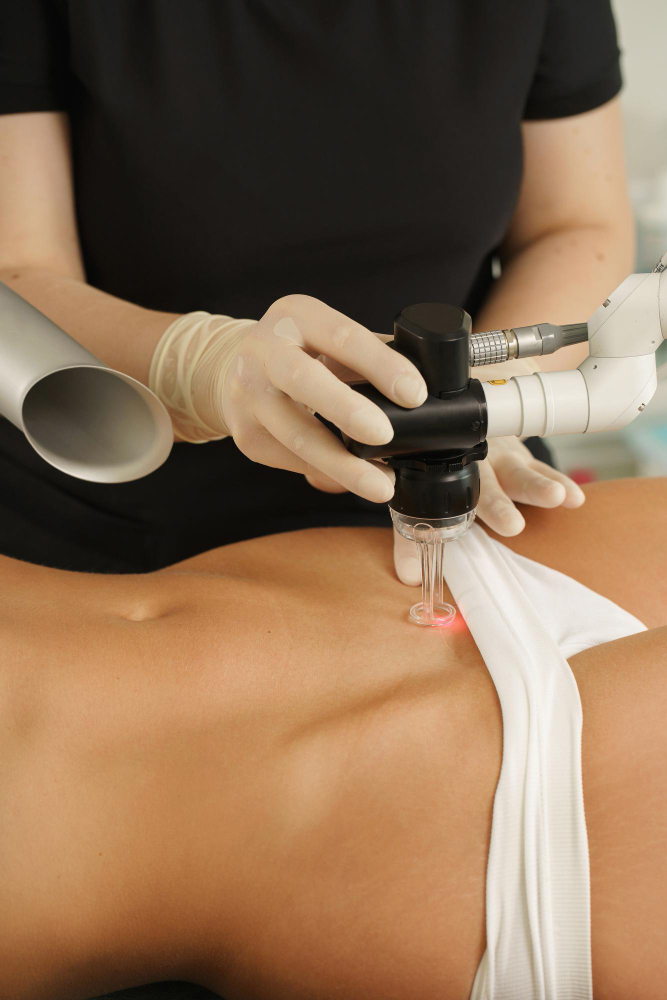
Scarring is the skin’s natural healing response following injury. Some scars may be flat, depressed, raised, pigmented or restrict movement. Scarlet treatment uses techniques such as laser resurfacing, dermal fillers, microneedling or surgical revision to soften, flatten, lighten or reshape the scar tissue. Our goal is to help patients regain confidence and restore smoother skin surface.

1
2
3
Duration:
Number of Sessions:
Recovery / Downtime:
Pain Level:
Pre-Treatment:
Post-Treatment:
Short-term: The scar appears smoother, less pigmented and more blended with skin.
Long-term: The texture, colour and contour of the scar improve significantly, enhancing overall skin harmony and confidence.
• Active infection or open wound in scar area
• Uncontrolled skin conditions (e.g., eczema) near the treatment site
• Pregnancy (depending on method)
• Scar size, location and type (flat, depressed, raised)
• Treatment method (laser, microneedling, surgical revision)
• Number of sessions required

